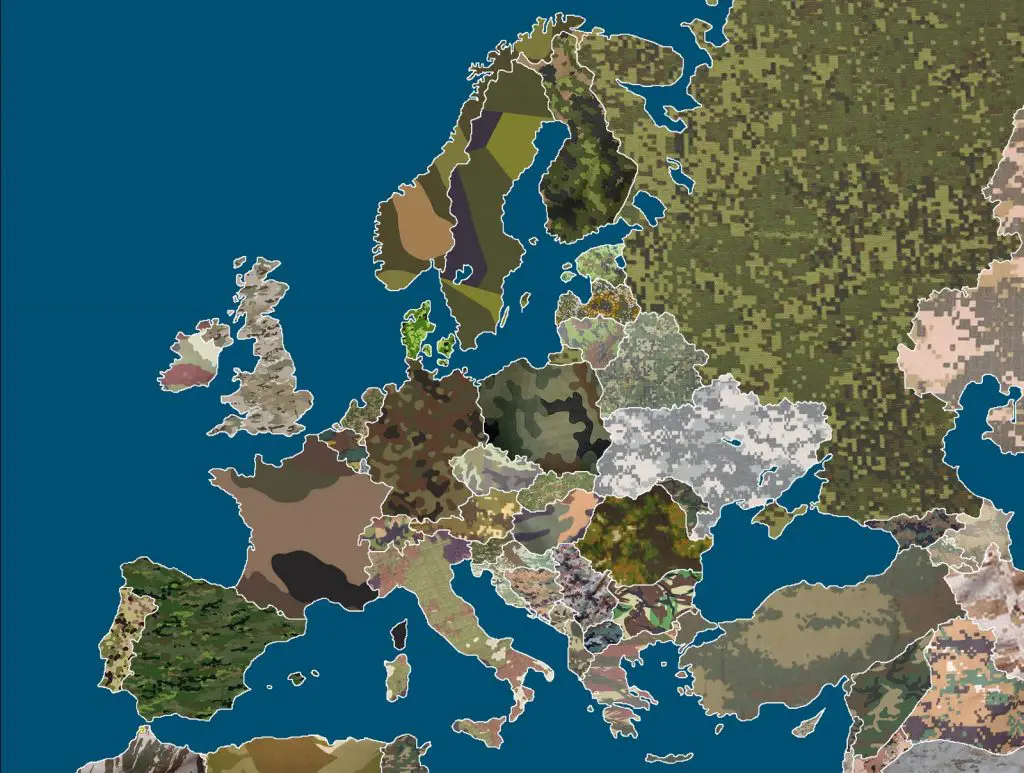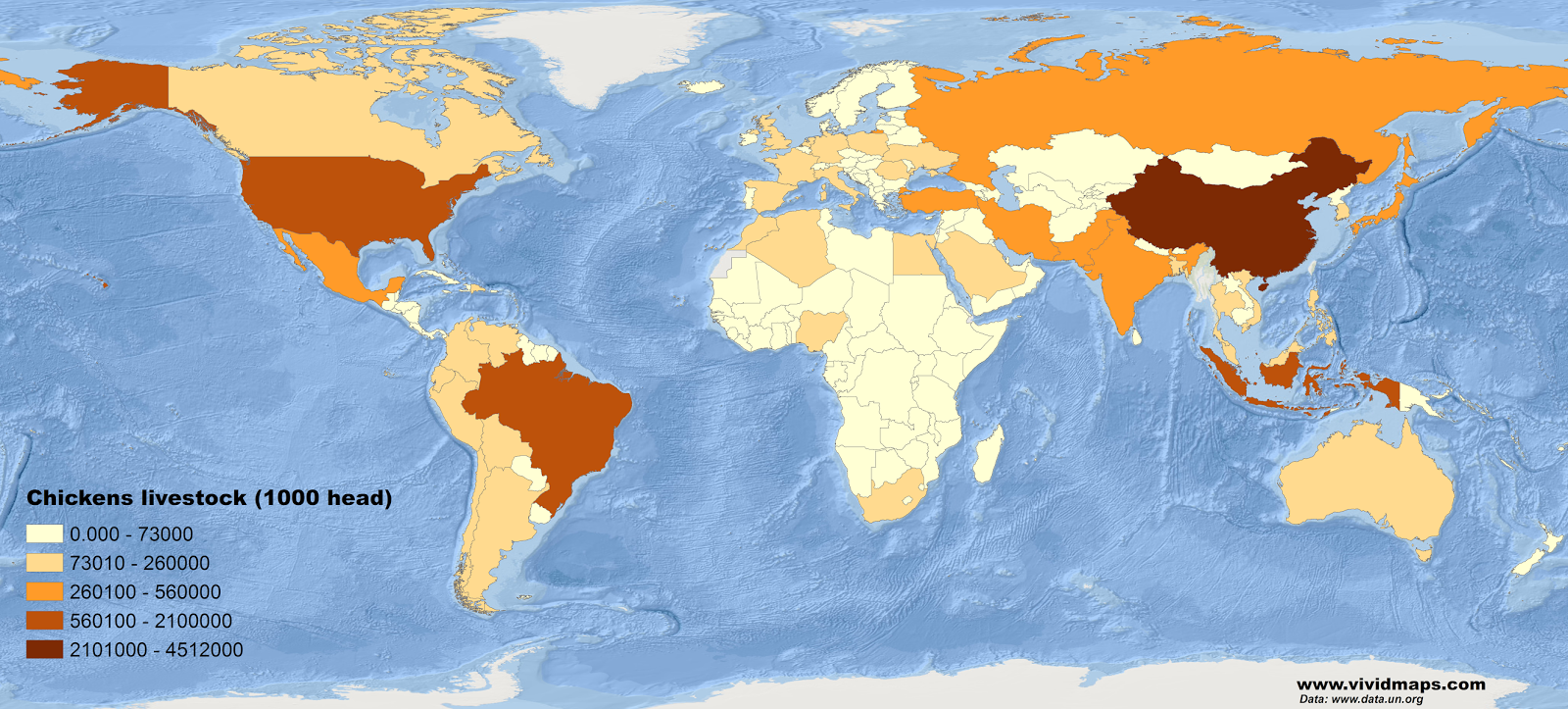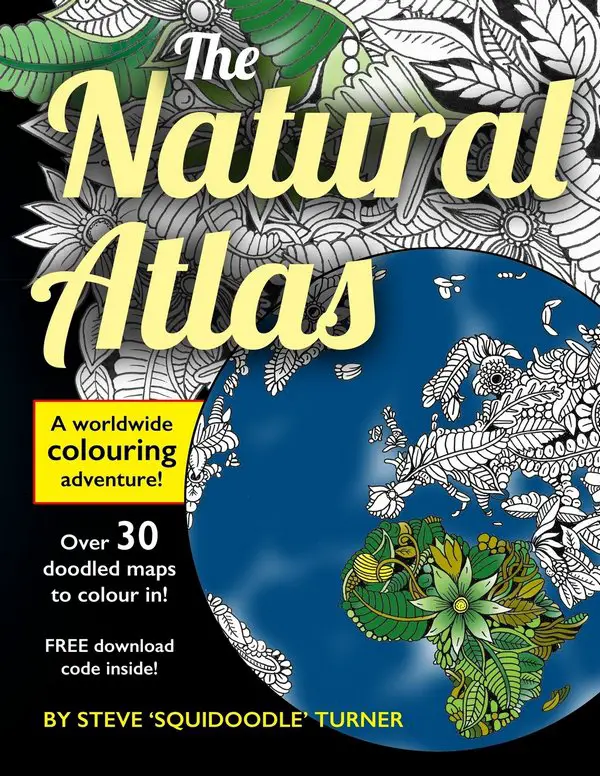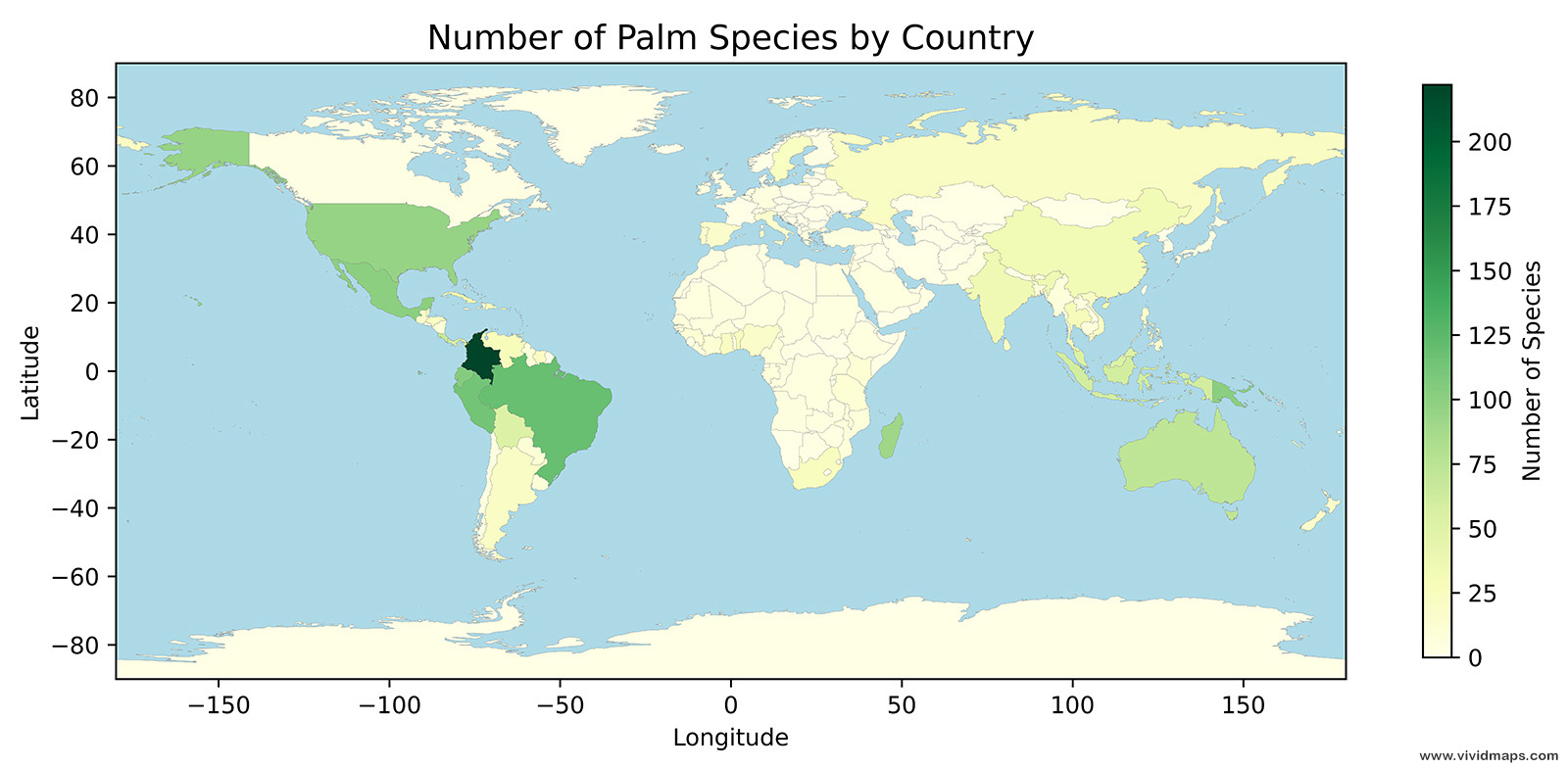Military Camouflage Patterns
Camouflage applies color and materials to military supplies and uniforms. Both hide it from observation or make it look like something else.
Camouflage material may have a single color, or it may have some likewise painted patches mixed. The primary purpose for using this variety of patterns is that it is visually disruptive. The rambling lines of the mottled camouflage pattern help hide the silhouette of the outline of the body. When you stare at a piece of mottled camouflage in a matching environment, your mind instinctively combines the lines of the colored blotches with the edges of the trees, leave, soil, and shadows.
For centenaries, military clothes exhibited vivid colors to tell friends and enemies apart on the battleground. It was not until the beginning 19th century that national armies considered a concealing use for the coloration of clothes. With the evolution of more precise guns, officers understood that the vivid colors before practiced to identify friendly troops now acted as an easy target for enemy shooters.
Most often, сamouflage material is painted with dull tones that match the environment’s dominating colors.
From the maps below, you can see the prevailing environmental conditions of each country in the world.
Table of Contents
Camouflage patterns in the world

Camouflage patterns in the United States

Camouflage patterns in European countries

Even though the primary purpose of camouflage is to hide objects, there is a striking diversity of military camouflage even in similar climatic zones. In a single theatre of battle, different countries and even different military units within the same army use considerably other solutions to conceal the same things. Laszlo Talas, Roland J. Baddeley, and Innes C. Cuthill think that this cultural diversity’s drivers mirror the forces at work in the evolution of color in nature.
Like various animal color patterns, camouflage can serve many functions. Following the disappearance of the Warsaw Pact, nations that became more Western-facing in political terms converged on NATO patterns in camouflage texture and color. Interestingly, changes towards NATO are especially notable in 1989 and 1990, when revolutions against socialist regimes were occurring in East Europe. Following the disintegration of Yugoslavia, the resulting states diverged in design, shifting more alike to neighboring nations than the traditional design.
Globally, textures of camouflage patterns didn’t become more NATO-like after 1991, implying that the post-Warshaw Pact shift cannot be only defined by modernization for a better pattern. On the opposite, both average and quantized colors shifted towards NATO worldwide. War conflicts in more dry environments have been apparent in the past 15 years (Afghanistan or Iraq), which is expected to reflect color changes.








